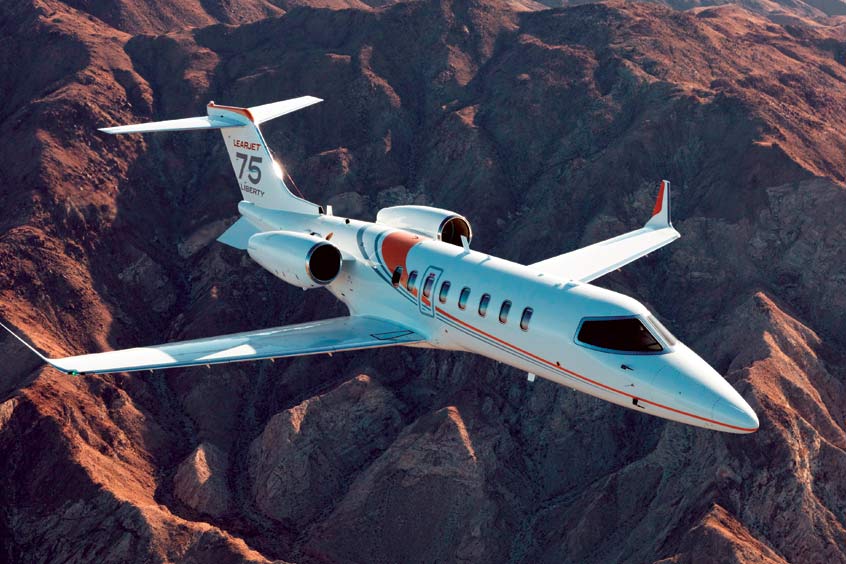ACE 2026 - The home of global charter.
 The bimonthly news publication for aviation professionals.
The bimonthly news publication for aviation professionals.

Bombardier is ending production of its Learjet in the fourth quarter of 2021, saying in its quarterly earning report that the move would allow it to focus on its more profitable Challenger and Global business jet lines. There have been telltale signs leading to this decision for years, says Brian Foley, founder of Brian Foley Associates.
“There have been no real enhancements to the Learjet line since 2013, when the Learjet 40XR and 45XR were tweaked to make the Learjet 70 and 75,” Foley states. “These modifications included upgrades to the cabin, engines, avionics and aerodynamics. Manufacturers have to refresh their models every seven-10 years or risk competing with those on the preowned market that are identical but priced much lower. Bombardier's approach to the Learjet 70 series wasn't so much radical as it was making low-cost modifications to an existing platform, often with subsidies paid by suppliers. This resulted in only modest improvements without as much room to run as an all-new design. This lack of full-blown product improvements may have been an early indication of Bombardier's waning long-term commitment to Learjet.
“The last attempt at a legitimate, brand-new model was made in 2007 with the announcement of the Learjet 85. After delays and overruns, coupled with a cash crunch from the problematic CSeries airliner programme, Bombardier cancelled the Learjet 85 at a loss of $2.6 billion. Without a new product Bombardier had nowhere left to go with future Learjet 70 and 75 improvements.”
Orders waned for the Learjet 70 model leaving only the Learjet 75 to carry the torch for the division. Deliveries were tepid at only around a dozen per year. The last chapter was a version of the Learjet 75 that was announced in 2019. Coined the Learjet 75 Liberty with a $3 million price reduction, the aircraft was heralded as a better way to compete in the price-sensitive light jet market.
Achieving this price reduction was made possible by removing the jet's APU, a critical piece of equipment for an aircraft of this calibre. It allows an operator to produce electricity, provide cabin heating and cooling, offer an alternate way to start the engine and power hydraulics when ground services aren't available, such as at less-congested airports often used by business jets.
In addition, seats were removed from the cabin to justify the lower price, with the added room referred to as the ‘executive suite’. An additional 40 miles of range was advertised, which was not the result of a performance breakthrough but rather a consequence of the reduced weight of the seats and APU that had gone missing. Historically, taking away desirable features of an aircraft has seldom worked, and the market responded in a clear, resounding manner this time as well. Competing jets from Textron Aviation's Cessna unit and Embraer still outpaced Learjet deliveries by a factor of three or more.
“While the Liberty announcement may have appeared to have been a strategy to increase market share, one could argue that it was in fact a ploy by Bombardier to fire sale the model by $3 million to expedite its exit from the Learjet business,” Foley continues. “Aircraft manufacturers must commit to their suppliers for specific quantities, and finding a way to accelerate this and use any remaining parts inventory out of the factory while honouring its procurement contracts could only lead to a better outcome than simply pulling the plug prematurely.
“Whatever the case, the revenue contribution of the Learjet division was far less than either Challenger or Global units. This lends credence to the eternal answer as to how many business decisions are often made; just follow the money.”